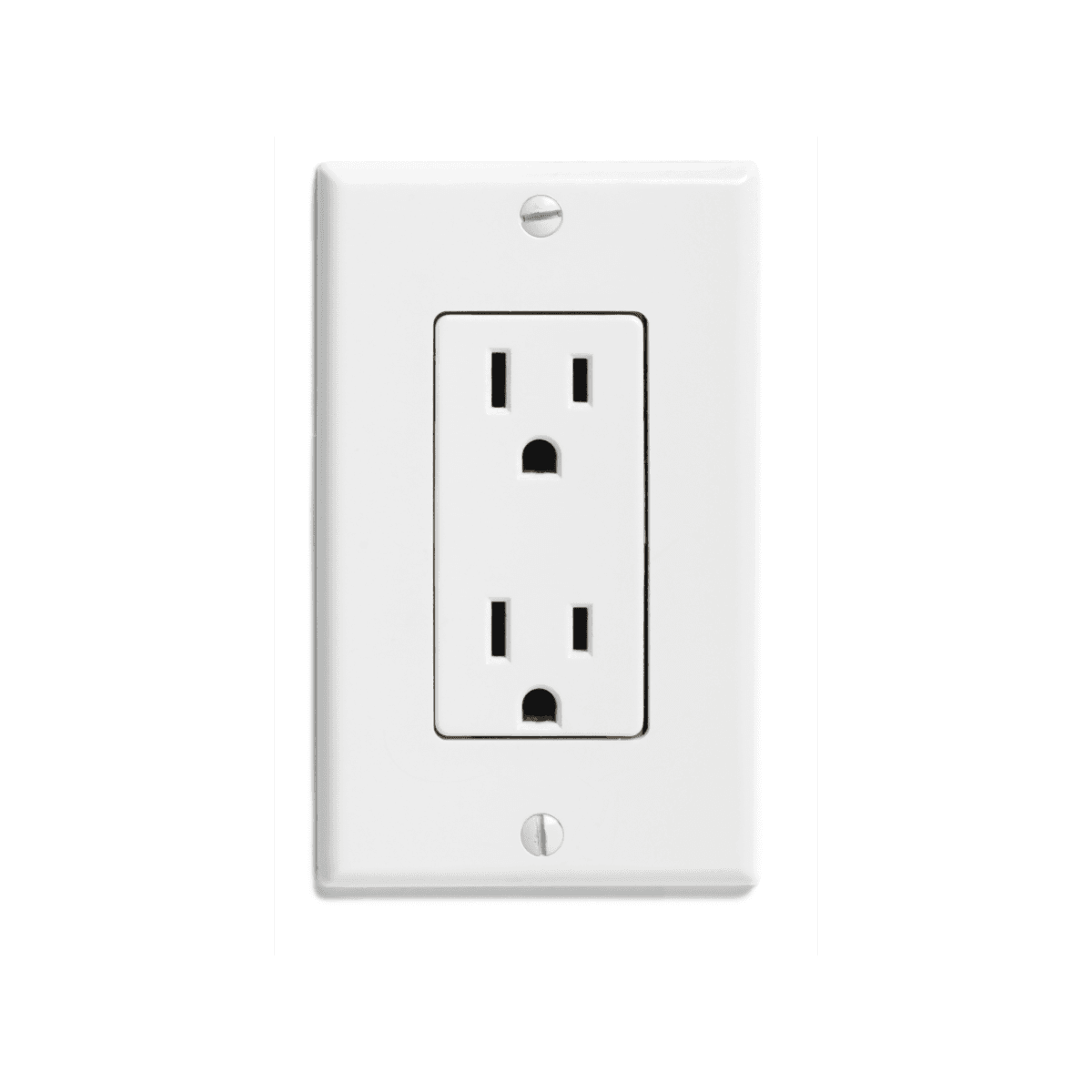Grounding Techniques for Kids: Voice, Heart, Feet
Overview
A grounded outlet has three prongs for safety and reliability. Children also need three points of connection to feel steady: voice, heart, and feet. Use this simple sequence to teach grounding as a self regulation strategy at home, in class, or in therapy.
Why grounding matters
Grounding helps kids notice their bodies, name needs, and return to calm. It lowers reactivity, improves attention, and makes room for kind choices. These skills support learning, relationships, and daily life.
What you need
- Open mind
- Open heart
- Stability
- Courage
- Patience
Ground yourself first
Sit or stand with both feet on the floor. Breathe in and out through your nose. Soften the eyes, jaw, and throat. Remember a quality you appreciate in your child. Feel your legs connect to the earth. When you feel steady, begin.
Step 1: Notice signs of being ungrounded
Look for shallow mouth breathing, slumped posture, crossed arms over the chest, avoidance of eye contact, or feet turning out and drifting from center. Keep your own breath slow and quiet through the nose to model regulation.
Step 2: Reduce external noise
Invite your child to silence devices and set them aside. Create a simple visual reminder that these stay off until both of you feel connected again.
Step 3: Connect heart to breath
With consent, place a supportive hand on the upper back behind the heart. If touch is not appropriate, hover your hand to signal care. Breathe together through the nose. Inhale from the base of the ribs to the roof of the mouth. Exhale back down. Add a brief pause after each inhale and exhale. One to three minutes is enough. If you use structured breathwork, choose a gentle pattern.
Step 4: Connect voice to heart
Invite your child to name what they feel and what they need in a natural tone. Offer short sentence starters if helpful: “I feel… I need…” Listen without interrupting. When a child speaks clearly and kindly, voice and heart are connecting.
Step 5: Connect feet to earth
Have your child sit or stand tall with both feet planted and toes pointing forward. Ask them to press gently through big toes, little toes, and heels. Suggest a quiet lift of the chest as the shoulders soften. A short mindful walk can reinforce this steadiness.
Step 6: Reflect and reset boundaries
Share what you observed without blame. Speak clearly and kindly. If screens contributed to the disconnect, set a time bound break from phones, games, or shows until inner steadiness returns. Name exactly what will change and when you will revisit.
Step 7: Close with appreciation
Offer thanks for effort, presence, or honesty. If you use affirmations, pull one card to anchor the new state and give language to the shift.
If connection does not land
Give space and a time to try again. Start from the beginning: ground yourself, reduce noise, breathe together, listen, and reconnect feet to earth.
Why this sequence helps
The pattern links breath, interoception, kind language, and stable posture. Over time kids recognize their own signs of being ungrounded and learn simple steps to restore balance. The goal is safety, clarity, and choice.
Tools that support grounding
Pair this lesson with the Focus in Time Kit for gentle timing and mindfulness coloring for quiet resets. Use the affirmation deck to give voice to values during closing.







